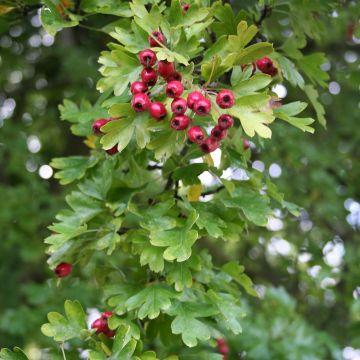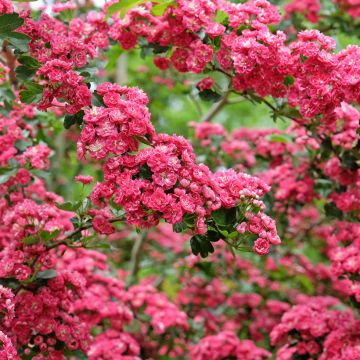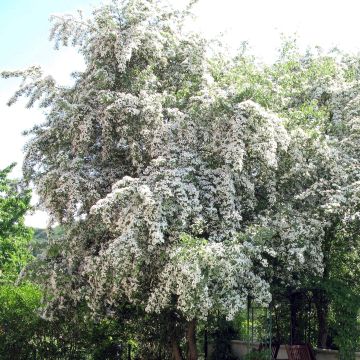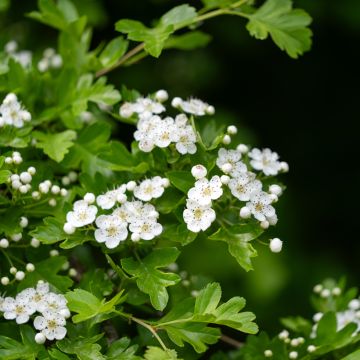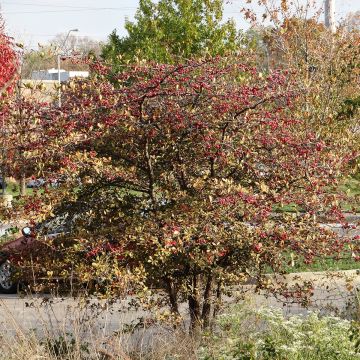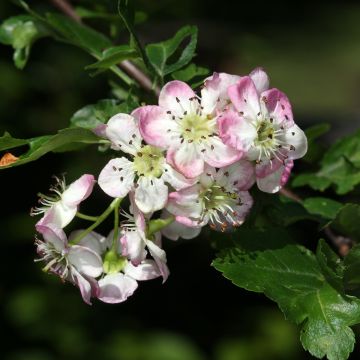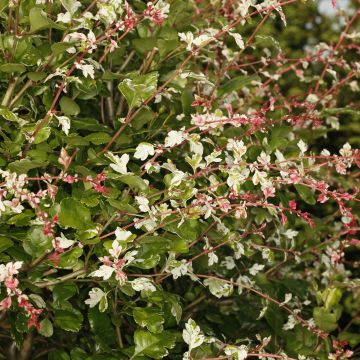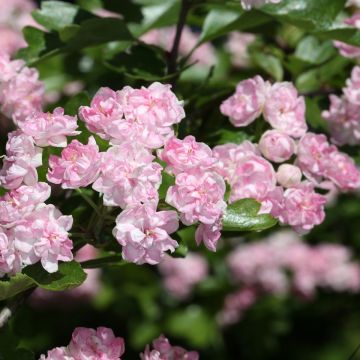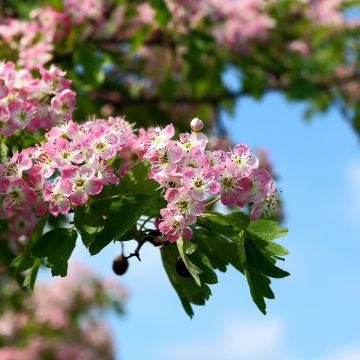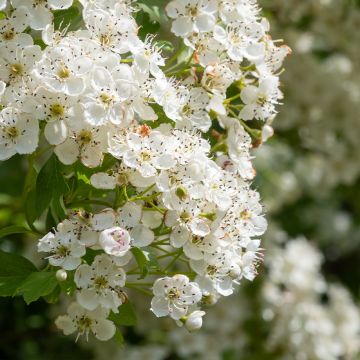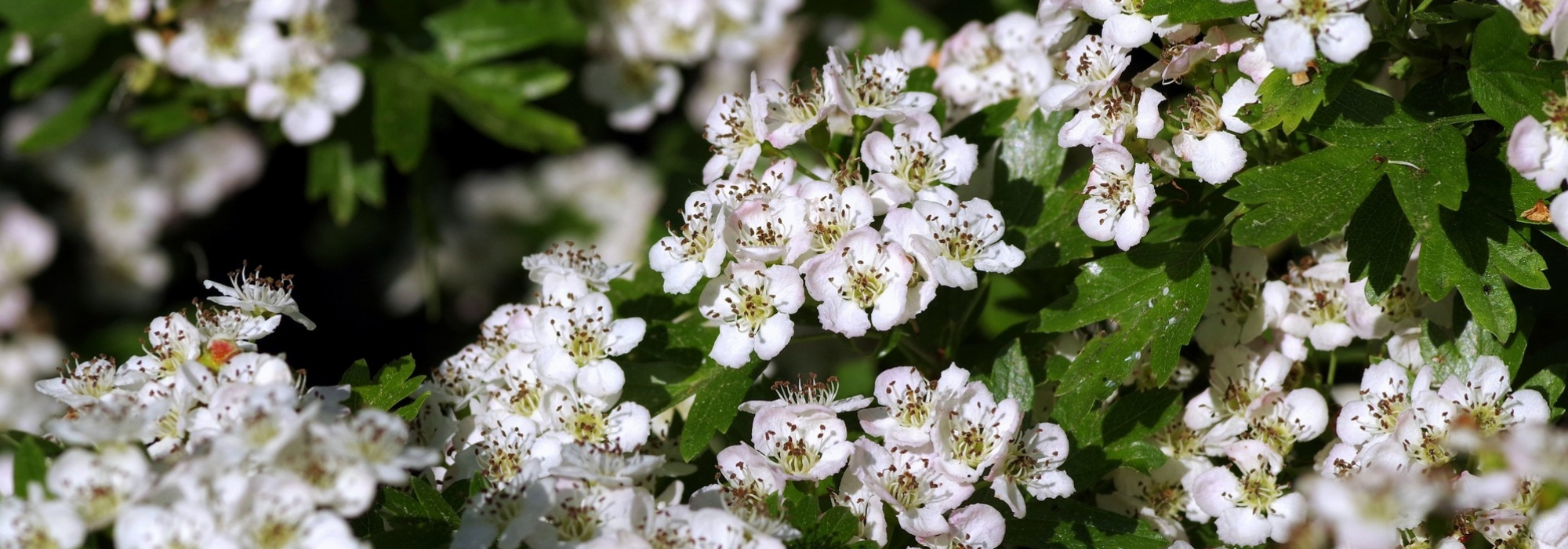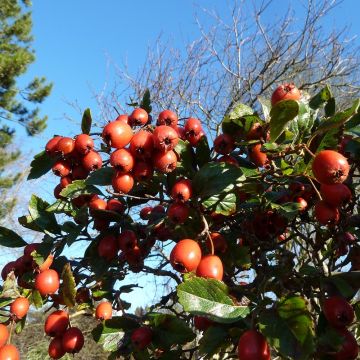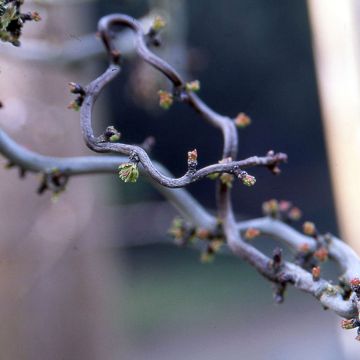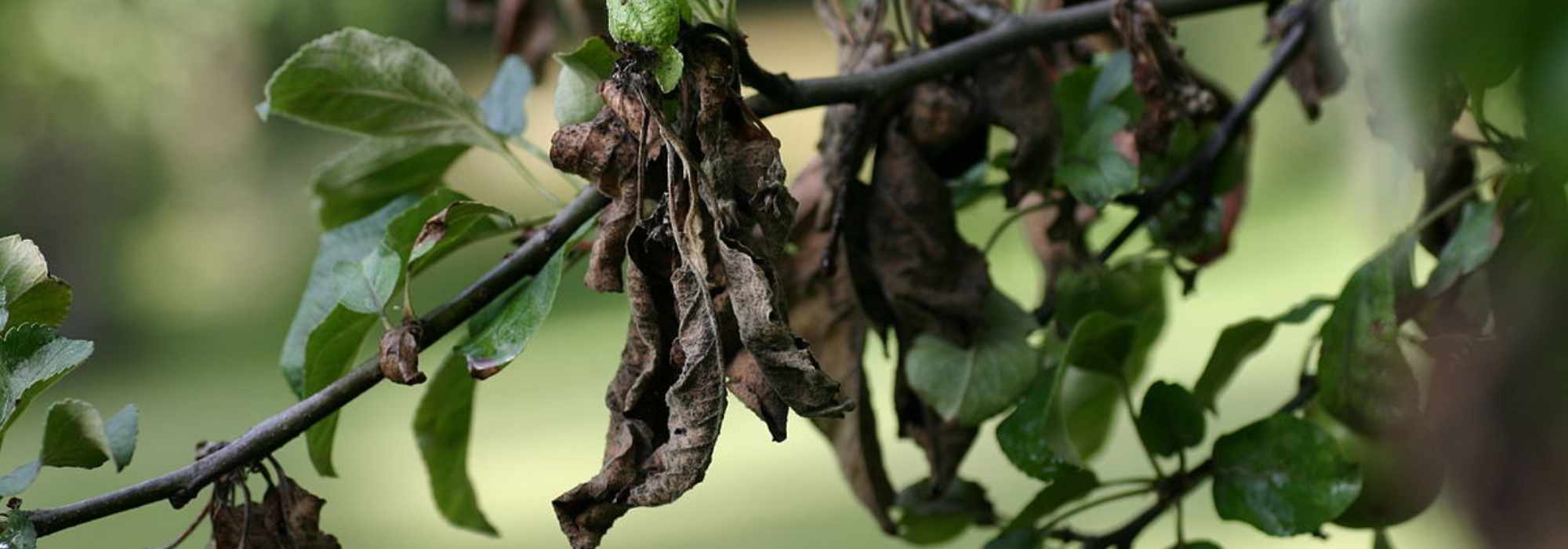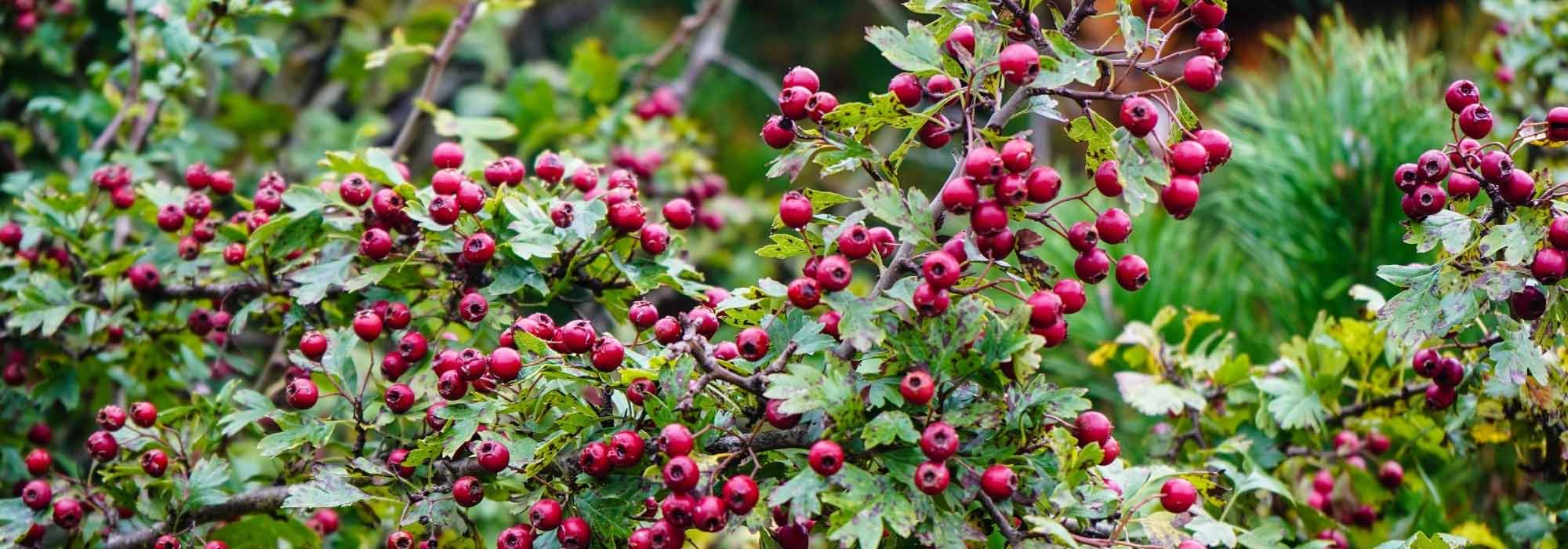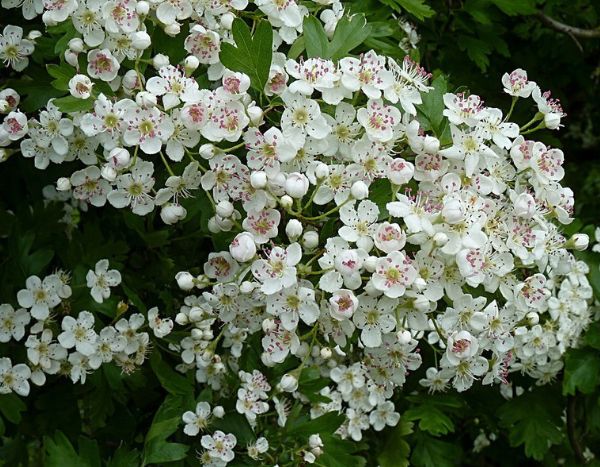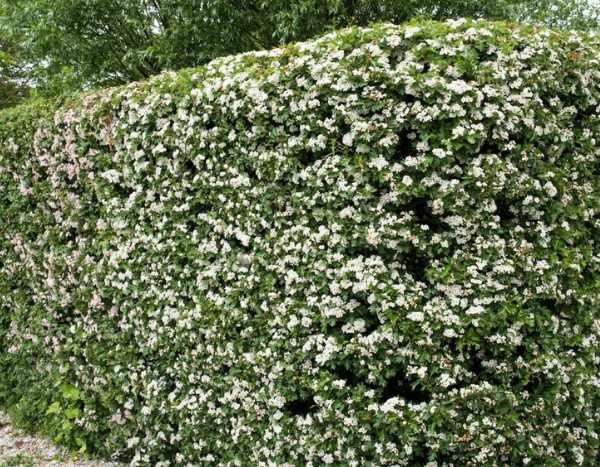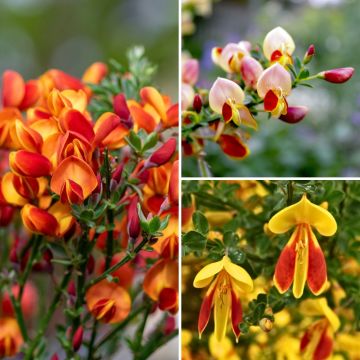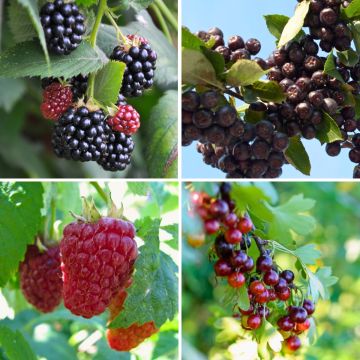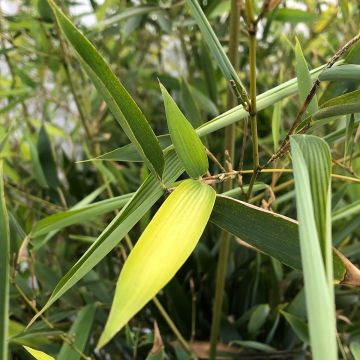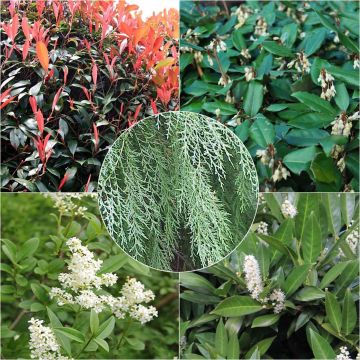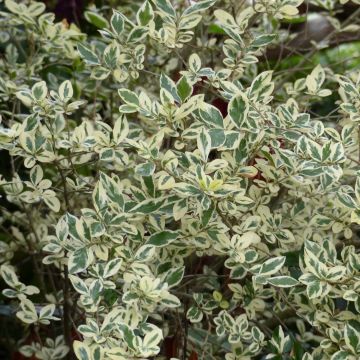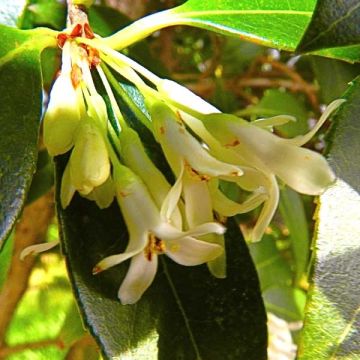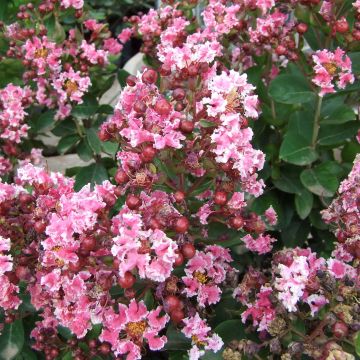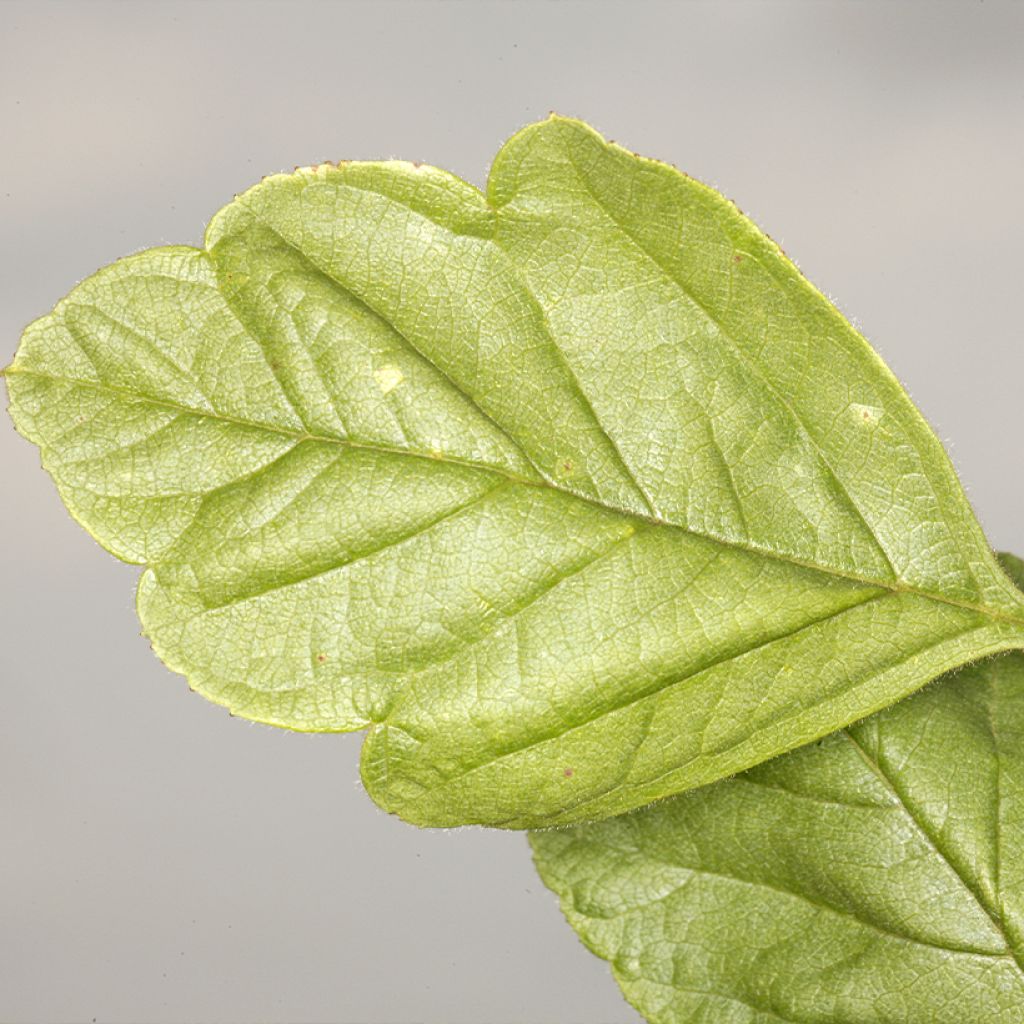

Crataegomespilus dardarii Jules d'Asnière
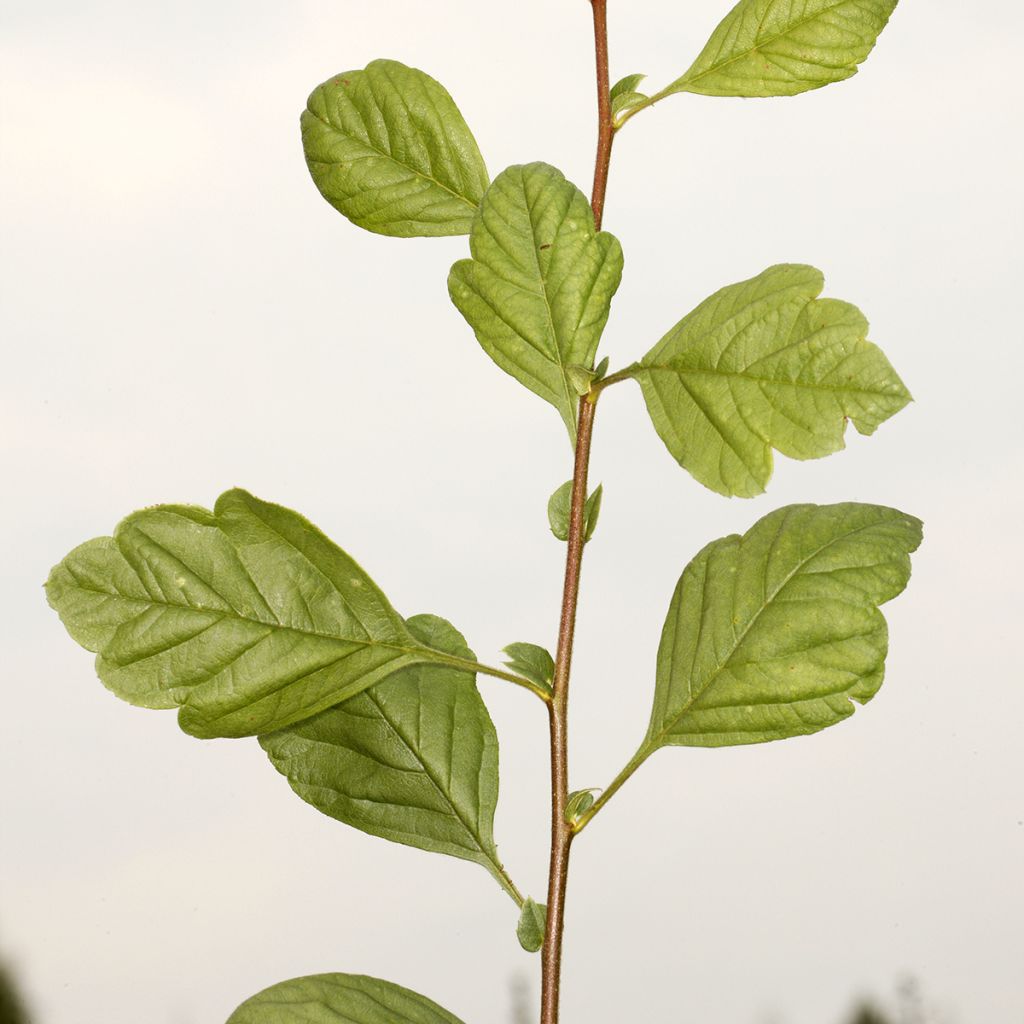

Crataegomespilus dardarii Jules d'Asnière
Crataegomespilus dardarii Jules d'Asnière
+Crataegomespilus dardarii Jules d'Asnière
Bronvaux Medlar
Special offer!
Receive a €20 voucher for any order over €90 (excluding delivery costs, credit notes, and plastic-free options)!
1- Add your favorite plants to your cart.
2- Once you have reached €90, confirm your order (you can even choose the delivery date!).
3- As soon as your order is shipped, you will receive an email containing your voucher code, valid for 3 months (90 days).
Your voucher is unique and can only be used once, for any order with a minimum value of €20, excluding delivery costs.
Can be combined with other current offers, non-divisible and non-refundable.
Why not try an alternative variety in stock?
View all →This plant carries a 24 months recovery warranty
More information
We guarantee the quality of our plants for a full growing cycle, and will replace at our expense any plant that fails to recover under normal climatic and planting conditions.
Would this plant suit my garden?
Set up your Plantfit profile →
Description
The Crataegomespilus dardarii 'Jules d'Asnières', sometimes nicknamed Dardar or Bronvaux Medlar 'Jules d'Asnières' is a beautiful deciduous bush created by human hands and found almost exclusively in botanical collections. It is not a hybrid but a graft chimera skillfully combining the characteristics of the monogynous hawthorn with those of the German medlar. Its wide, spreading habit is covered in spring with white and pink flowers, followed by attractive brownish-pink fruits in autumn. It should be planted in a prominent position, in well-drained soil, even limestone and relatively dry in summer.
The Crataegomespilus dardarii belongs to the rose family. It is a variety that appeared after grafting a scion of Mespilus germanica onto a Crataegus monogyna. It was created in France around 1895 in the Dardara garden in Bronvaux, Moselle. Two distinct species coexist intimately in the same "body": for example, the plant may produce a hawthorn branch with small lobed leaves and thorns. The 'Jules d'Asnières' form is considered particularly decorative. It is a bush with a wide, low-spreading habit, not very dense, reaching a minimum height of 2 and 3 m with a spread of 3 m. This variety resembles more a medlar than a hawthorn. In spring, the young shoots are covered with a greyish down. The leaves are hairy, broadly ovate, toothed at the edges, composed of 1 to 3 lobes. They turn yellow in autumn before falling. This bush flowers abundantly in May-June, depending on the climate. The single flowers are grouped in clusters or corymbs of 12 units. They are 3 cm cups that start white and turn pink before fading. This flowering is very popular with bees. After pollination, spherical or slightly elongated fruits form, measuring 1 to 2 cm in diameter, brownish-pink in colour, turning brown.
The Crataegomespilus 'Jules d'Asnières' is planted as a specimen on a lawn or in a bocage hedge with other species of countryside hedges. Choose low-maintenance ground cover plants such as Vinca minor 'Josefine' or macrorrhizum 'Czakor' geranium to dress its base. Pair with apple trees, cherry trees, almond trees, and flowering peach trees for a beautiful display in spring. The vivid smokebush and European spindle colours make a fantastic pairing to its golden hues in autumn.
Plant habit
Flowering
Foliage
Botanical data
+Crataegomespilus
dardarii
Jules d'Asnière
Rosaceae
Bronvaux Medlar
Western Europe
Other Hawthorn Crataegus
View all →Planting and care
Crataegomespilus dardarii grows in a sunny spot. Plant it in well-drained, dry soil that is fairly chalky, even a little stony. It does not like very heavy clay soils, which retain water for a long time and suffocate its roots. It is not very demanding, but it will do with a balancing pruning in February if necessary (pruning of excessively long branches to maintain a harmonious habit). Remove branches that look very different from the others (different foliage, presence of thorns, solitary rather than grouped flowers, etc.). This tree, like the hawthorn, can be affected by caterpillars, aphids, root rot, rust and powdery mildew. It is particularly susceptible to fire blight, which may prevent it from being planted near apple and pear orchards.
Planting period
Intended location
Care
Planting & care advice
This item has not been reviewed yet - be the first to leave a review about it.
Similar products
Haven't found what you were looking for?
Hardiness is the lowest winter temperature a plant can endure without suffering serious damage or even dying. However, hardiness is affected by location (a sheltered area, such as a patio), protection (winter cover) and soil type (hardiness is improved by well-drained soil).

Photo Sharing Terms & Conditions
In order to encourage gardeners to interact and share their experiences, Promesse de fleurs offers various media enabling content to be uploaded onto its Site - in particular via the ‘Photo sharing’ module.
The User agrees to refrain from:
- Posting any content that is illegal, prejudicial, insulting, racist, inciteful to hatred, revisionist, contrary to public decency, that infringes on privacy or on the privacy rights of third parties, in particular the publicity rights of persons and goods, intellectual property rights, or the right to privacy.
- Submitting content on behalf of a third party;
- Impersonate the identity of a third party and/or publish any personal information about a third party;
In general, the User undertakes to refrain from any unethical behaviour.
All Content (in particular text, comments, files, images, photos, videos, creative works, etc.), which may be subject to property or intellectual property rights, image or other private rights, shall remain the property of the User, subject to the limited rights granted by the terms of the licence granted by Promesse de fleurs as stated below. Users are at liberty to publish or not to publish such Content on the Site, notably via the ‘Photo Sharing’ facility, and accept that this Content shall be made public and freely accessible, notably on the Internet.
Users further acknowledge, undertake to have ,and guarantee that they hold all necessary rights and permissions to publish such material on the Site, in particular with regard to the legislation in force pertaining to any privacy, property, intellectual property, image, or contractual rights, or rights of any other nature. By publishing such Content on the Site, Users acknowledge accepting full liability as publishers of the Content within the meaning of the law, and grant Promesse de fleurs, free of charge, an inclusive, worldwide licence for the said Content for the entire duration of its publication, including all reproduction, representation, up/downloading, displaying, performing, transmission, and storage rights.
Users also grant permission for their name to be linked to the Content and accept that this link may not always be made available.
By engaging in posting material, Users consent to their Content becoming automatically accessible on the Internet, in particular on other sites and/or blogs and/or web pages of the Promesse de fleurs site, including in particular social pages and the Promesse de fleurs catalogue.
Users may secure the removal of entrusted content free of charge by issuing a simple request via our contact form.
The flowering period indicated on our website applies to countries and regions located in USDA zone 8 (France, the United Kingdom, Ireland, the Netherlands, etc.)
It will vary according to where you live:
- In zones 9 to 10 (Italy, Spain, Greece, etc.), flowering will occur about 2 to 4 weeks earlier.
- In zones 6 to 7 (Germany, Poland, Slovenia, and lower mountainous regions), flowering will be delayed by 2 to 3 weeks.
- In zone 5 (Central Europe, Scandinavia), blooming will be delayed by 3 to 5 weeks.
In temperate climates, pruning of spring-flowering shrubs (forsythia, spireas, etc.) should be done just after flowering.
Pruning of summer-flowering shrubs (Indian Lilac, Perovskia, etc.) can be done in winter or spring.
In cold regions as well as with frost-sensitive plants, avoid pruning too early when severe frosts may still occur.
The planting period indicated on our website applies to countries and regions located in USDA zone 8 (France, United Kingdom, Ireland, Netherlands).
It will vary according to where you live:
- In Mediterranean zones (Marseille, Madrid, Milan, etc.), autumn and winter are the best planting periods.
- In continental zones (Strasbourg, Munich, Vienna, etc.), delay planting by 2 to 3 weeks in spring and bring it forward by 2 to 4 weeks in autumn.
- In mountainous regions (the Alps, Pyrenees, Carpathians, etc.), it is best to plant in late spring (May-June) or late summer (August-September).
The harvesting period indicated on our website applies to countries and regions in USDA zone 8 (France, England, Ireland, the Netherlands).
In colder areas (Scandinavia, Poland, Austria...) fruit and vegetable harvests are likely to be delayed by 3-4 weeks.
In warmer areas (Italy, Spain, Greece, etc.), harvesting will probably take place earlier, depending on weather conditions.
The sowing periods indicated on our website apply to countries and regions within USDA Zone 8 (France, UK, Ireland, Netherlands).
In colder areas (Scandinavia, Poland, Austria...), delay any outdoor sowing by 3-4 weeks, or sow under glass.
In warmer climes (Italy, Spain, Greece, etc.), bring outdoor sowing forward by a few weeks.






























